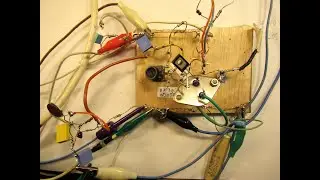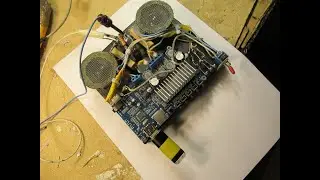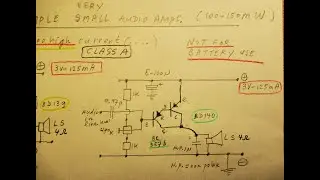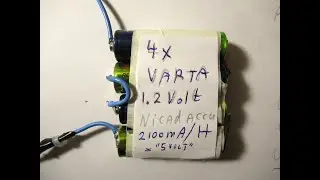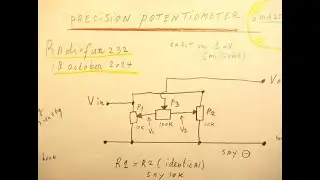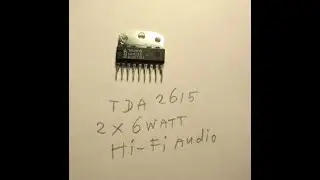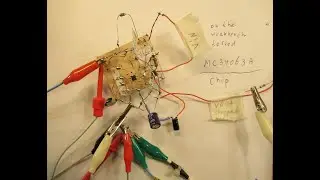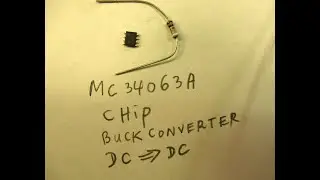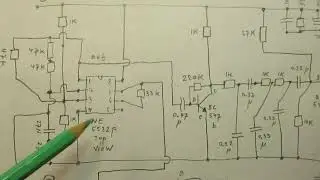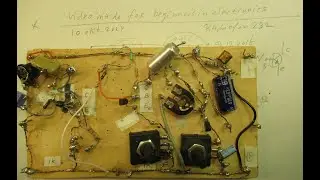More versatile A stabile Multivibrator made with 2 FETS (schematic) 50 Hz-8 KHz and more
BEST CIRCUIT e.g. 20 V & 2 x 10 N cap = 20 KHz.
And: 50 Hertz or 60 Hertz with 2 x a 0,47 uF (470 N) non polar capacitor at approx. 8 Volt, quite good pulse-pauze ratio, almost equally divided, tunable by tweaking componentes in combination with a variable supply voltage, test it.
Good waveform, usable to drive another transistor or FET/MOSFET stage. Find it out experimentally with an oscilloscope. The only apparatus that can help you, so buy one.
Short second video, more info in the first video from today 13 may 2018, link to first video is • Versatile A stabile Multivibrator mad...
I used here 2 extra potentiometers from 1 K. They were mounted into the source lead from the first and the second BF 245 B. It worked fine. Test it with the scope and the counter and use it to your personal need.
The circuit is interesting to make needle-pulses and the effect from the supply voltage on the frequency is substantial, so also useful as a voltage to frequency generator. Though the stability and linearity could be a problem (not tested).
Please note: I have made tens of Multivibrator circuits for all kinds of purposes, check my Channel trailer (“Radiofun232 on Youtube”) for much more inspiring and useful electronic circuits from all kinds.
Important: the generator has a high output impedance, that is why an output capacitor from 1N5 (1500 pF) is used. With higher values output capacitors the oscillation stops (!). To make the circuit low-impedant at its output a 1 transistor buffer stage is necessary. Easy to make and the schematic is on my YT Channel.
All the videos hat I have published on You Tube can be found via my Channel Trailer: Link is
• Radiofun232 on YouTube. Updated month...
In thematic order you can find these video’s under the “comments” section. My books about electronics are available via the website from “Lulu”, search for author “Ko Tilman” there.
Link is https://www.lulu.com/shop/search.ep?k...
My books are also available via Barnes and Noble and via Amazon. Regarding all my video’s: I constantly keep them actual, so the original video’s with the most recent information are always on YouTube. That is the source, and search there. When my video’s are reproduced or re-edited on other websites/channels you can not (!) be sure about the original content (=really working electronics) and important adaptations to the circuits.
Be aware of that, I saw on the internet many of my circuits reproduced in a poor or even not proper way. I can not help that, sorry. Upload 13 may 2018.








